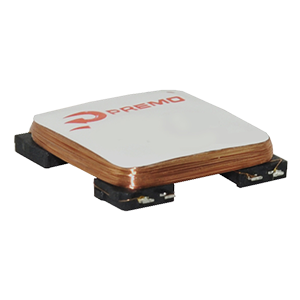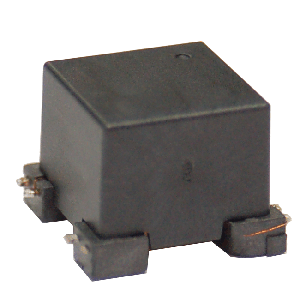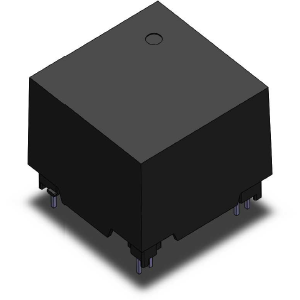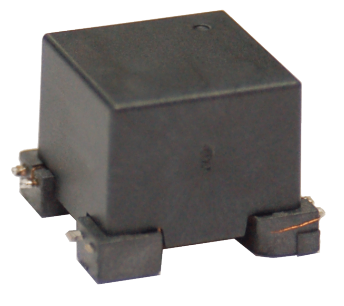Augmented reality and virtual reality (AR/VR technology) alter our perception of the world and of the things surrounding us.
What is the difference between virtual reality and augmented reality?
It’s simply the degree to which you interact with this new reality. Within virtual reality, you feel as if you are fully immersed in a virtual world. You no longer see the “real world” but rather a new version of it, which can vary depending on the software you are using. If you believe your eyes, you are no longer in your living room but rather in a roller coaster (for example!). When you move your head, walk through the environment or interact with the animation, the image moves accordingly.

Augmented reality is more of a mix between the “real world” and the “new reality”. You indeed see the real world around you, meaning you can actually see yourself in your living room, but you can follow a new image or new reality in front of you, and more recently even interact with 3D objects.
There is no limit to the possibilities of these technologies, now applied in the military (flight simulation, managing a weapon in battle, etc.), medicine (imaging, radiology, diagnostics, surgery, etc.), industry (effective training for dangerous tasks, object design in real-time), education (from primary school to graduate school), games, travel (travelling across country, across the world and even in outer-space), customer experience, and more. The human consciousness is exploring new and unknown worlds thanks to virtual and augmented reality.
AR/VR technology is changing our perception of the world.
Can AR/VR technology lead to vertigo?
Possibly, but the limits and corrections will be established by the market and the leading players.
Even if there are many ways to make AR/VR work properly, the final target/application tracking system will be different, depending on accuracy, range, latency, line of sight, environmental impact, etc.
Optical, infrared and EM are the most popular tracking systems used in AR/VR; the choice of the solution depends upon the ultimate advantage or disadvantage taking into account many technical variables, cost as well as environmental conditions.
In a cost vs. accuracy vs. environmental impact, electromagnetic tracking is the selected technology in more than 80% of the cases.
Electromagnetic tracking used as a motion sensor is the oldest technology in this field and has driven large innovations in sensors technology, specifically sensitivity and size.
A wide variety of EM sensors can be designed to meet AR/VR technology requirements. From cube to low-profile configurations, and from lower to higher sensitivities, the range of possibilities is very wide.
A good, technical advantage for these sensors offered to the AR/VR market include more than six degrees of freedom (6DOF): 3 positions and 3 orientations generated by 3 transmitter coils and 3 receiver coils.

Typical operating frequencies range from a few kHz (even Hz) to several kHz (20-50-60kHz).
The number of applications using EM tracking will be exponential in the mid-term. The development of miniaturized electromagnetic sensors, even in 3D configurations with sizes less than 6mm square and the availability of larger tracking volumes with an improved accuracy, have opened the door for EM tracking systems for augmented reality applications such as medial environments applications.
These small coils can easily fit into a “virtual hand” glove. A single TX 3D coil and several receiver sensors on each finger can provide a realistic sensation of hand and finger movements in a working environment.

The latest and most recent algorithms improved the accuracy of EM tracking systems and allow computations of the receiver alignment with variable system parameters, including different numbers of turns and overall coil areas. The control unit of the EM tracking system determines the current position and orientation in tracking space automatically (no latency, it takes into account the real time signal induced in the coils) by applying such an algorithm and forwards the results to a computerized managing circuit.
Tracking data is usually provided by the systems as translation vectors (x, y, z) for positional measurements and the orientation alternatively as rotation matrices.
This kind of system requires some kind of power measurement in a cycle, in DC, to sometimes compensate for the magnetic field coming from the earth and also the eddy current induced in metals near working volume.
Advantages and disadvantages of EM tracking for AR/VR technology:

According to “Error Classification and Propagation for Electromagnetic Tracking” (“Fehlerklassifizierung und Fortpflanzung für elektromagnetisches Tracking”) written by Julian Much, from Technische Universität München, some of the EM Tracking errors classification.
All disadvantages can be overcome by system design, using different techniques.

All of these can be addressed and compensated for by proper design, calculation techniques and calibration of the system in a real world environment.

















